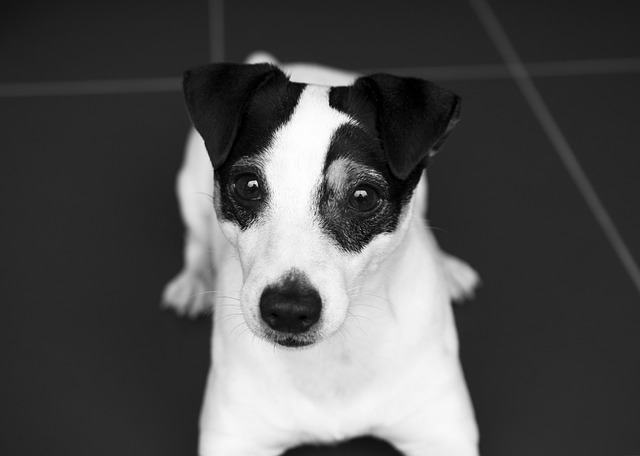
What is glaucoma in a dog?
You might notice your dog squinting more at mealtime or avoiding bright sunlight—these small changes could be early signs of a serious eye condition.
Brown discharge in a dog’s eyes can catch any owner off guard, whether you’re brushing their fur after a walk in the park or noticing it during morning cuddles. It’s not always a cause for panic, but understanding what’s behind it is key to keeping your pup comfortable and healthy.
Certain breeds are more prone to this issue—think Bulldogs with their large, round eyes or Shih Tzus with floppy lids that trap debris. Their facial structures can make tears pool, leading to that telltale brown stain as the liquid dries. For these dogs, daily gentle wiping with a vet-recommended saline solution often does the trick, preventing buildup that might irritate their sensitive skin.
Sometimes, though, the discharge signals something more. If it’s thick, greenish, or accompanied by redness, your dog might be dealing with an infection—conjunctivitis is common, especially after dusty hikes or encounters with other animals at the dog park. In such cases, skipping the home remedies and heading to the vet is crucial. Many regions in Europe and North America have strict guidelines about treating pet infections, and using over-the-counter meds without professional advice could land you in hot water legally, not to mention harm your pup.
 Environmental factors play a role too. City-dwelling dogs often face more eye irritation from pollution, while those in rural areas might get pollen or grass particles stuck in their eyes. Regularly rinsing their eyes with lukewarm water after outdoor activities can reduce this. Just remember to use a clean cloth each time to avoid spreading bacteria—hygiene matters as much for their eyes as it does for your kitchen counters.
Environmental factors play a role too. City-dwelling dogs often face more eye irritation from pollution, while those in rural areas might get pollen or grass particles stuck in their eyes. Regularly rinsing their eyes with lukewarm water after outdoor activities can reduce this. Just remember to use a clean cloth each time to avoid spreading bacteria—hygiene matters as much for their eyes as it does for your kitchen counters.
Another thing to watch for is excessive tearing, which can lead to those brown streaks even if the discharge itself isn’t thick. This might mean blocked tear ducts, a condition that’s more than just unsightly. Left untreated, it can cause infections, so a vet check is wise. In some countries, like Germany, routine pet health checks are encouraged by local regulations, and addressing such issues promptly aligns with responsible ownership laws.
Prevention goes a long way. Trimming the fur around your dog’s eyes (if they have long hair) keeps it from poking or trapping gunk. Avoiding smoke-filled rooms and using pet-safe cleaning products at home also reduces eye irritation. And yes, that includes skipping the scented candles around your curious beagle—their sensitive noses aren’t the only part affected.
If you’re ever unsure, err on the side of caution. A quick call to your vet can save you stress and keep your dog happy. After all, those bright eyes are how they beg for treats, greet you at the door, and melt your heart—keeping them clear and healthy is part of the deal when you bring a pup into your life.

You might notice your dog squinting more at mealtime or avoiding bright sunlight—these small changes could be early signs of a serious eye condition.

Let’s set the scene: It’s a sweltering Phoenix afternoon—105°F outside—and you rushed your 2-year-old Lab mix, Cooper, on a quick walk to “get it over with.”

Let’s get real: You’re in your Miami apartment, watching your 3-year-old Corgi, Loki, struggle to climb the stairs to your second-floor unit.

Many dog owners brush off occasional scratching as just “dog behavior,” but persistent itching often signals something more—like a food allergy.

You might first notice your dog scratching more than usual—chewing at their paws until the fur looks thin, or rubbing their face against the couch nonstop.

Let’s be real: You’re standing in your Chicago apartment, watching your 3-year-old Beagle, Max, huff and puff just to climb onto the couch.